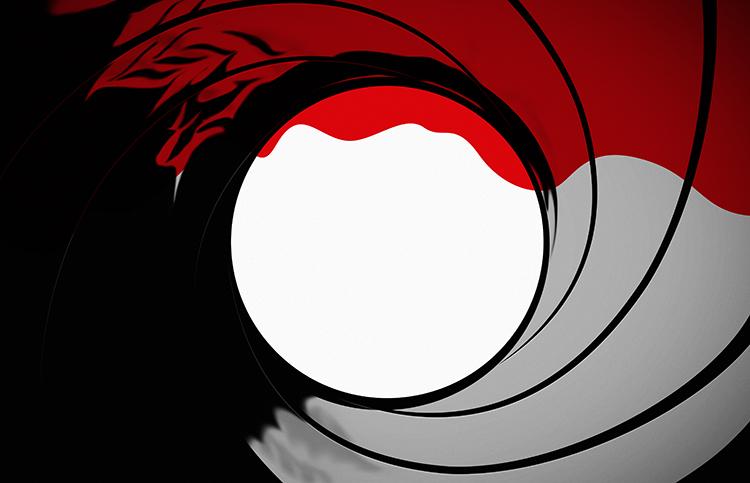
Photo: LeStudio/Shutterstock.com
This rather sinister sounding initiative is all to do with increasing the availability of European (and potentially other regions’) research by requiring it to be published in fully Open Access journals. Plan S has been devised by cOAlition S. Rather than being part of a James Bond film, cOAlition S is a group of 12 (at the time of writing) European research funders.
For some time, there have been moves by certain research funders to require publications from research they have funded to be available Open Access. Plan S takes this a stage further by requiring conditions that mean that only fully Open Access journals will be acceptable to its members from 2020. Many subscription journals have introduced “hybrid” Open Access, where some of their papers are made Open Access on payment of a fee, whilst the rest remain behind a paywall. Now, Plan S specifies that hybrid journals will be unacceptable, as will any embargo period before a paper is freely available.
This undoubtedly has major implications for scientific publishers, particularly those that still rely on subscriptions. However, it also has implications for authors; some good, some potentially not so good.
Authors will retain copyright and their work must be licenced under a Creative Commons licence, with CC-BY (with the fewest restrictions) being preferred, and possibly mandated. Only 25% of JSI—Journal of Spectral Imaging authors choose a CC-BY licence; the others choose BY-NC (12.5%) or BY-NC-ND (62.5%).
Plan S will require article processing charges/Open Access fees to be covered by either the funders or the authors’ institutions, and these will be capped.
Since hybrid journals will not be acceptable under Plan S, and these make up about 85% of the journals publishing Open Access papers, authors may find that they are unable to publish in their first-choice journal. This also has implications for the way in which authors’ work is assessed and they are rewarded!
The requirement for charges/fees to be covered by funders or employers may lead to a two-tier system, where authors in better funded institutions or with funding from better off organisations will have no financial restrictions, whilst others may.
These are very early days for Plan S and it is likely that there will be a transition period. Further, we do not know the final details, so things may well change, not least due to feedback from authors and publishers. Finally, cOAlition S members currently represent only a small proportion of the total global, research funding.
For many publishers, there will be major changes. IMP Open is very well placed to meet these new requirements. Whilst, as I have already mentioned, the final details are not known, it would appear that we would meet the new criteria. So, authors wanting to publish in JSI—Journal of Spectral Imaging will be compliant with Plan S.
Interesting times ahead!
